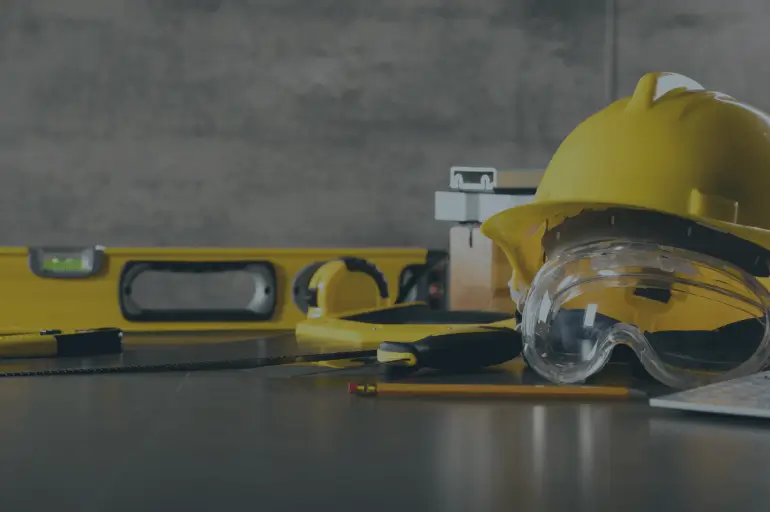
Video Transcription
Construction Defects Litigation
When a contractor is involved in litigation, many of the cases arise from alleged construction defects in the work as built. When there’s a construction defect claim, there are predominantly two types of claims law. One is breach of contract, meaning the actual work doesn’t comply with the contract requirements, including contract documents, such as the plans and specifications. The other is negligence, meaning that the work performed did not conform to the general construction industry standards – outside of the terms of your contract.
Negligence Claims
The negligence claim is a tort, which is a wrongful act, again outside of the contract requirements, that results in or causes damages. The negligence claim has four elements: (1) a duty owed to the claimant, (2) a breach of that duty by the contractor, (3) causation and (4) damages.
California Standard of Care
When a plaintiff claims that a contractor whose duty is to perform work in a certain way, that duty is what we call the standard of care. A contractor’s standard of care can be articulated in many different ways. In California courts, a contractor standard of care is typically defined as “one who renders services in a professional or trade must exercise the skill and knowledge normally possessed by members of that profession or trade under similar circumstances at the same time and in the same locality”. In short, what that means is that you will be held to the same type of work as similar contractors to you. So a Residential Contractor would be compared to other residential contractors or a public works contractor to other public works contractors, and in the same locality. Meaning, we don’t look at how things are built on the East Coast, we’ll look at how they’re built here in California.
Statutory Requirements
In layman’s terms, if a reasonably careful person in the same role as the contractor would have done the same thing in similar circumstances, then the contractor likely met with the standard of care. There are numerous sources that reflect on whether a contractor met its standard of care. The first would be statutory requirements. Those would include the uniform building code, state, and local building codes, or residential work – the right to repair act. And, in general, Business and Professions Code commonly known as contractors law that’s enforced by the California state licensed board.
Industry Standards
The second would be industry standards. Many trade groups publish industry standards, for example, the American National Standards Institute, ANSI, or the American Concrete Institute, ACI. Similarly, the installation of certain products such as windows, working material, or wall and roofing insulation, can trigger energy efficient standards, both for the individual installation of those products, and possibly the building envelope as a whole. Meaning that the products work together to create an energy-efficient building.
Applied Duty of Workmanship
Finally, there’s the applied duty of workmanship. That means constructing the work in a good and workmanlike manner, free from defects. In other words, the work performs as it should: compacted soil doesn’t subside, subterranean waterproofing or roofing materials don’t allow water penetration, drains don’t pond water, paint doesn’t peel or chip, and concrete doesn’t crack excessively.
Minimizing Negligence Claims
There are many ways that one can minimize negligence claims. Those would include being as specific as possible in your contractual scope of work. You want to clarify the duties of the contractor and you also want to clarify the expectations of the consumer. Another method would be to read the plans and specifications closely. If the plans or specifications adopt standards from certain trade groups, such as ANSI or ACI, review those standards before performing the work. Finally, if the plans or specifications are unclear, ask questions. A simple request for more information can clarify vague or omitted requirements and prevent your construction firm from taking responsibility for those clarifications.